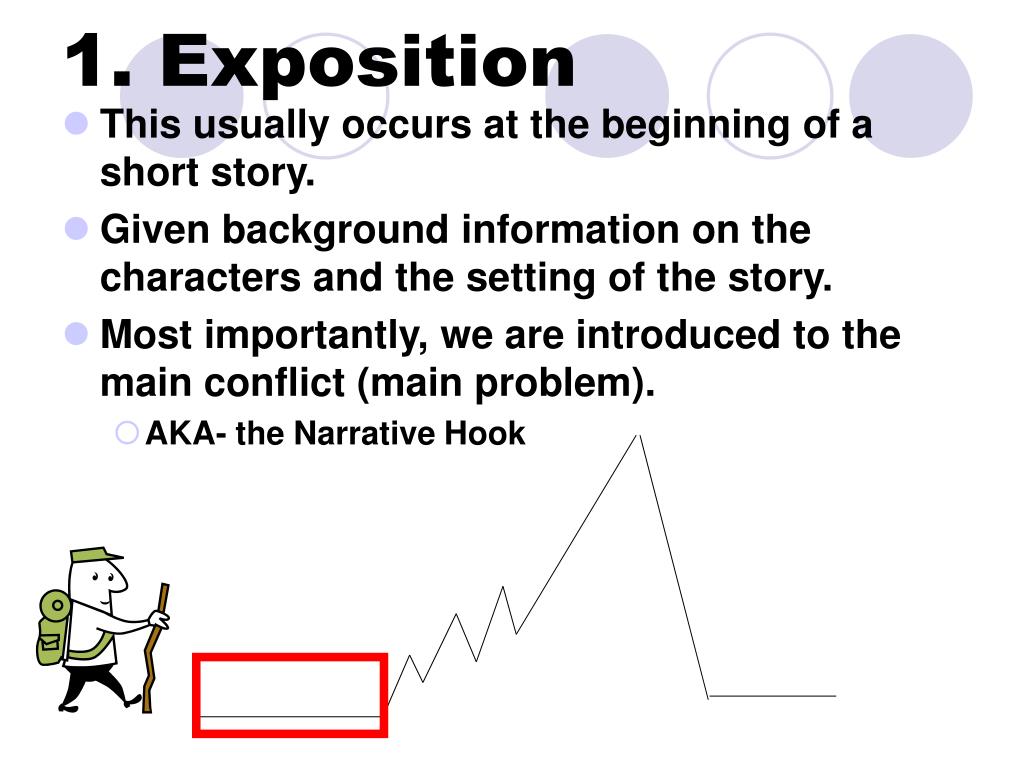

You could still have the exact same chain of events take place. I mean, yeah okay, that should inform some significant changes to the plot, but those changes to the character are not, in fact, changes to the plot. If they were brother and sister, or boyfriend and girlfriend it might change the plot a bit, but overall I think the chain of events would still closely resemble the original film, despite the very significant change in character. The relationships and characters can inform the plot. The logline doesn’t tell us the condition of their marriage, just that his wife was taken hostage. The fact that John and his wife Holly are separated in the film is part of the plot, but they could have been happily married. It tells us what actually happens as part of our chain of events.īut the actual chain of events that take place in the story. The only part of the Die Hard logline that truly informs the plot are “tries to save his wife” and “several others taken hostage” because they have verbs. His wife Holly, the hostages, German terrorists - these are characters. John McClane is our hero and NYPD officer. “An NYPD officer tries to save his wife and several others taken hostage by German terrorists during a Christmas party at the Nakatomi Plaza in LA.” Characters IMDB has the logline for Die Hard as follows: Let’s use the classic story structure example: Your hero may be an integral part of your plot… Just don’t forget them, otherwise, you will have a “plot hole”. Some details you will want to explain right away, others you will want to hold onto until later in the game. In order to avoid plot holes, you need to set up the events to come and wrap up important details that you introduced earlier in the story. We will go over this plot hole later on in this article, but only once we’ve gone over the Die Hard plot a little more. The great plot structure keeps the film logical and entertaining.The hole occurs in an attempt to plug up another plot hole.There is a big plot hole in Die Hard, though the film had such a strong team that: Or it is left completely unresolved at the end of your story. This is a helpful point to mention when diving into the concept of story exposition versus plot exposition.Ī “plot hole” is where a link in your chain of events is left out because something happens in your story without the proper exposition. Would you have your hero type his wife’s maiden name into the directory? How cleverly you go about these introductions is up to you. Your exposition can be used to set up characters, settings, plot points and even the theme of your film. It does, however, give us a little tidbit on John McClane’s diet.Įxposition of your plot is important, but your story will always benefit when you use less dialogue and elect to expose your plot through action. If in Die Hard, our hero John McClane tells another character that he hates onions, and he doesn’t later have to eat a bunch of onions to try and avoid a terrorist or something, the onion thing doesn't really inform the plot. You might explain things about a character that do not affect the plot, and while that’s a questionable writing method, it is possible nonetheless. Your story is the collection of your plot, setting, characters, and theme. STORY PLOT EXAMPLES Exposition in your storyĮxposition is the introduction of information in your story.


 0 kommentar(er)
0 kommentar(er)
